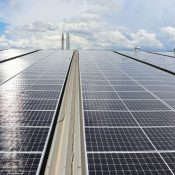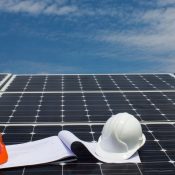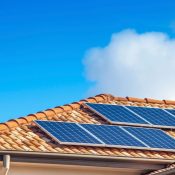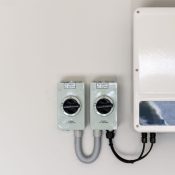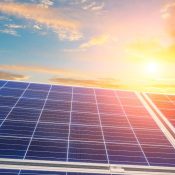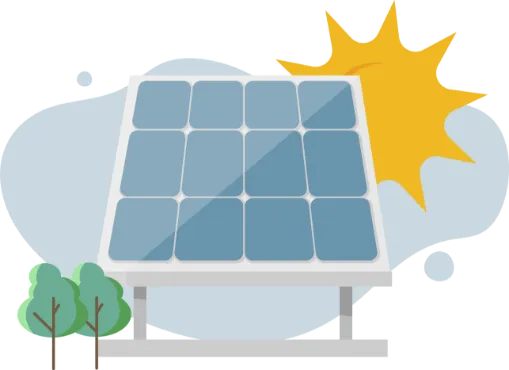When Fitting Solar PV Panels, What Determines the Size?
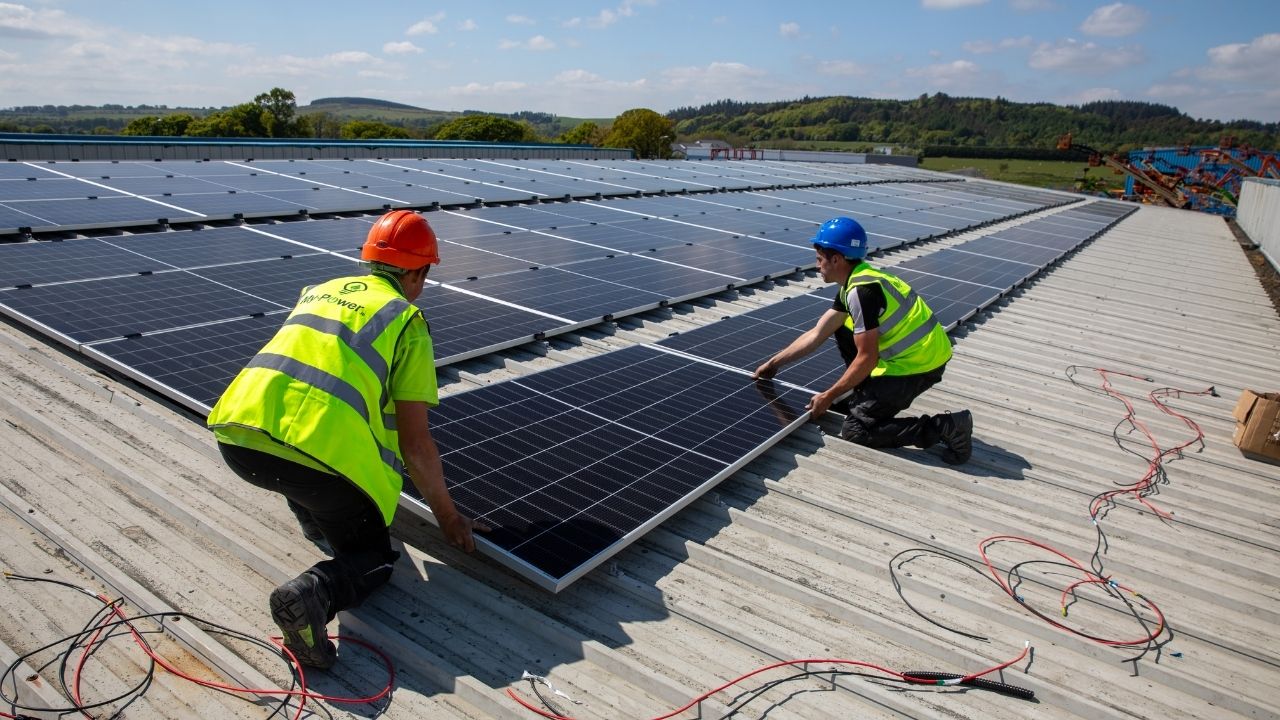
Are you stuck in determining the size of solar panels? Solar PV panels are an effective way to generate clean energy for your home. But when it comes to fitting them, one key factor to consider is the size of the system.
The size determines how much power it can produce, how it will fit on your roof, and its overall cost.
This blog post will explore what determines the size of a solar PV panel system, helping you make an informed decision when considering this renewable energy source.By understanding the key factors and advanced considerations influencing size, you can choose a solar system that meets your needs and provides maximum benefits.
Let’s start exploring what goes into determining the right size for your solar PV panel system.
What Are The Factors That Affect the Size of a Solar Panel?
When fitting solar PV panels, several key factors influence the size of the system:
Roof space and direction
The available roof space and its direction also impact the size of a solar panel system. A larger roof allows for more panels, increasing capacity. Additionally, the roof’s direction affects how much sunlight the panels receive, which can influence how many panels you need to produce enough electricity.
Budget and financial support
Your budget plays a crucial role in determining the size of your solar panel system. A larger system may cost more in advance, but can lead to greater savings over time. Government grants and incentives can also help to reduce the costs of installation, allowing for a larger system within your budget.
Sunlight availability and panel efficiency
When planning a solar PV system, the geographic location significantly influences the system’s size due to variations in sunlight exposure. Sunlight availability is quantified as “insolation,” a measure of solar radiation energy received on a given area in a given time.
Locations closer to the equator typically receive more direct sunlight, resulting in higher insolation values. For instance, a home in Arizona will have higher insolation values compared to one in Maine, affecting the number and size of solar panels needed to achieve the same energy output.
Panel efficiency plays a critical role in how effectively a solar PV system converts sunlight into electricity. Modern solar panels typically have efficiencies ranging from 15% to 22%. Higher efficiency panels are more costly but provide more power output from a smaller area. Therefore, in areas with limited roof space or lower insolation, investing in higher efficiency panels can maximise energy production without requiring more space.
This efficiency is crucial for optimising the balance between system size and output, allowing homeowners to meet their energy needs even with space or budget constraints.
System losses and performance ratios
Solar PV systems, like all energy systems, experience system losses which can affect overall performance. These losses can include energy wastage due to the resistance in wires, losses in inverters which convert DC electricity from panels to AC for home use, and losses from mismatches in module performance. Typical system losses range from 14% to 23%, depending on the quality of components and installation.
The performance ratio (PR) of a solar system measures the efficiency of a PV system relative to its theoretical maximum under ideal conditions. It is a critical factor in system design, compensating for real-world losses. A higher PR means a more efficiently performing system.
Designers use this ratio to adjust the system size, ensuring that even with losses, the system meets the actual energy needs of a household. For example, if calculations show that a home needs 4 kW of power, the system might be increased by 20% to account for expected losses, resulting in a 4.8 kW system recommendation.
Understanding these factors can help you choose the right size for your solar panel system, balancing your energy needs, available space, and financial constraints.
What Are The Advanced Considerations Related to Size of A Solar Panel?
When planning for a solar PV system, beyond the basic considerations of energy needs and physical space, there are advanced factors that can significantly influence the final design and implementation of the system. These include legal requirements and the potential for future energy expansion.
Legal and building code restrictions
Installing a solar PV system isn’t just about finding the right technology or the best angle for sunlight; it’s also about planning the complex landscape of legal and building code restrictions. Different regions have different regulations that can impact the size and placement of solar installations. For instance, some local building codes limit the height of structures on the roof, which could stop the type of solar panel systems that can be installed.
Additionally, certain areas may have restrictions on the total percentage of the roof that can be covered by solar panels or specific aesthetic guidelines that must be followed in historical districts or certain community developments. Before proceeding with installation, it’s crucial to understand these regulations to ensure compliance and avoid costly modifications down the line.
Future energy needs
Considering the future energy needs of a property is essential when sizing a solar PV system. Energy demand can increase due to various factors such as the addition of an electric vehicle, changes in family size, or new home additions that require more power.
Designing a solar system that has the capability to expand, or at least not disturb any future expansion, can be a wise investment. This might involve installing a more strong inverter at the start or leaving space for additional panels to be added later.
Planning for future scalability ensures that the solar system will continue to meet the home’s energy needs as they evolve, providing a more sustainable and cost-effective solution over time.
Conclusion
In conclusion, determining the perfect size for solar PV panels involves a many sided approach, considering factors such as energy requirements, available roof space, sunlight exposure, panel efficiency, system losses, and performance ratios. Advanced considerations like legal constraints and future energy expansion plans are also crucial to ensure compliance and adaptability of the system.
By understanding these variables, homeowners and businesses can effectively tailor their solar PV systems to meet specific needs and maximise efficiency. If you’re considering going solar and want a system that fits your unique circumstances, contact Going Solar today to ensure your investment is both efficient and flexible.
Planning a switch to solar energy?
Contact Going Solar now and Get Free Advice & Quote Within Minutes!
Frequently Asked Questions
Contact Going Solar Now!
Joe Brennan
Founder @ Going Solar
Joe Brennan, the founder of Going Solar, is dedicated to making solar power mainstream in Ireland and meet SEAI objectives. With a focus on affordability and sustainability, he is bringing renewable energy solutions to homes, reducing costs & environmental impact.
Recent Posts

